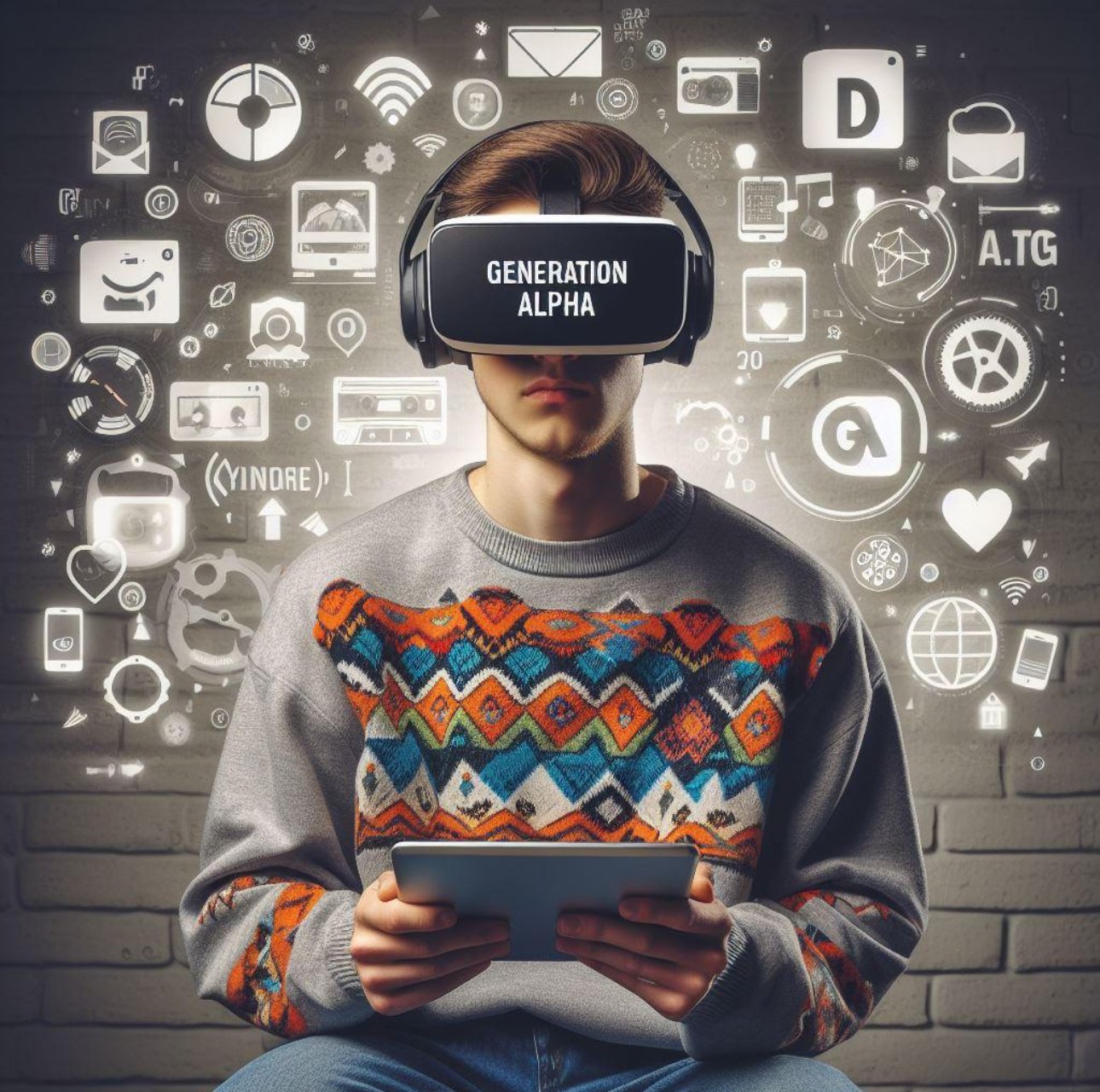: A Deep Dive into Listener Behavior
In the ever-evolving landscape of media consumption, podcasting has emerged as a formidable force, captivating audiences worldwide. The allure of podcasting lies in its unique blend of intimacy, storytelling, and convenience, which has led to a significant shift in listener behavior from traditional radio to this modern auditory experience. There are the psychological and practical factors that contribute to the appeal of podcasting and why consumers are increasingly tuning in.
Intimacy and Connection At the heart of podcasting’s appeal is the intimate connection it fosters between the listener and the host. Unlike radio, where the broadcast is designed for a mass audience, podcasts often feel like a one-on-one conversation. This sense of intimacy is heightened when listeners consume content through headphones, creating a personal space where the host’s voice becomes a familiar presence in their daily lives
The Power of Storytelling Humans are innately drawn to stories, and podcasts excel in delivering narrative-driven content. Whether it’s true crime, personal interviews, or fictional tales, podcasts engage listeners with compelling storytelling that resonates on a deeper level. This engagement is not only emotionally satisfying but also aids in information retention and encourages word-of-mouth recommendations
Convenience and Multitasking In our fast-paced world, the ability to multitask is invaluable. Podcasts align perfectly with this need, allowing listeners to consume content while engaging in other activities, such as commuting, exercising, or performing household chores.
The Long Tail
Niche Interests and Personal Growth Podcasts cater to a wide array of interests, from mainstream topics to niche hobbies, providing a platform for listeners to explore their passions and connect with like-minded communities.
Control and Autonomy The on-demand nature of podcasting empowers listeners with control over their media consumption. They can choose what to listen to, when to listen, and how to engage with the content. This autonomy is psychologically satisfying and contrasts with broadcast radio
Statistical Insights The statistics paint a clear picture of podcasting’s rising popularity. As of 2023, 42% of Americans ages 12 and older have listened to a podcast in the past month, with 31% tuning in weekly. We know podcast listeners are highly engaged, with 80% listening to all or most of every episode they start.
The Future of Podcasting Looking ahead, the podcasting industry shows no signs of slowing down. With a projected rise to over 110 million listeners, the medium is set to continue its trajectory of growth and innovation. As traditional radio grapples with the challenges of the digital age, podcasting stands as a testament to the power of personalized, on-demand content.
In conclusion, the allure of podcasting is multifaceted, rooted in its ability to create intimate connections, tell captivating stories, and offer unparalleled convenience. As listeners seek more control over their media consumption and content that aligns with their individual interests, podcasting is poised to remain a dominant force in the audio landscape. The momentum of podcasting is not just a trend; it’s a reflection of the evolving preferences of a modern, connected audience.
Next time: Podcasting Time Spent




